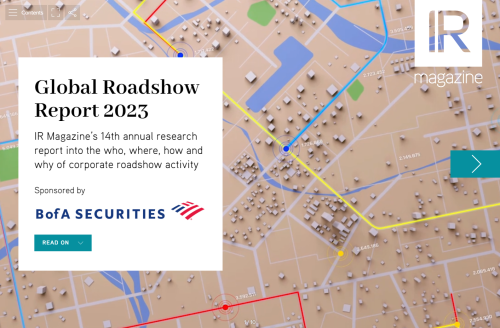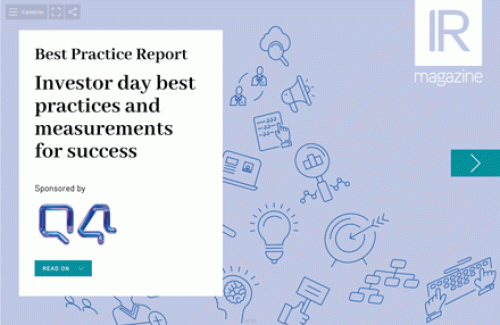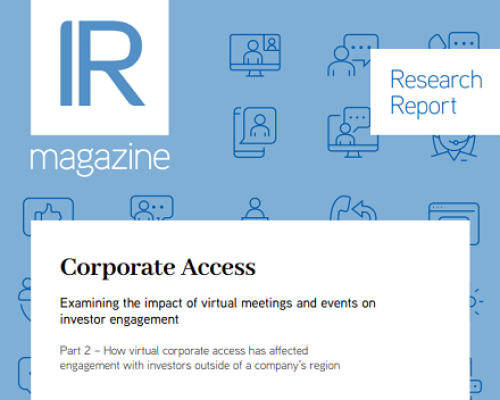How margin pressures are boosting alternative tech use
The past decade has witnessed a marked decline in the market share of actively managed funds. According to the US-based Investment Community Institute (ICI), actively managed domestic equity mutual funds experienced a net outflow of $835 bn from 2007 to 2015, despite including reinvested dividends.
The pressure from a reduction in management fees coupled with increased operating costs has resulted in active managers adopting new strategies and technologies to improve efficiency throughout the entire investment process.
Active managers face fierce competition from the passive fund industry, primarily due to their lower cost. Passive funds do not have to support a large research staff and can thus offer their products at a discount. According to Morningstar, the annual inflows into passive funds first surpassed those into active funds in 2004, and the trend has accelerated since the global financial crisis. While there is currently an estimated $3.8 tn of assets in actively managed funds versus $2.5 tn in passive, analysts predict that if fund flows continue at their current pace, passive funds could exceed active in as little as five years. In order to compete and attract funds, active managers have had to reduce their fees, resulting in decelerating revenue growth at fund families.
In addition, with increasing regulations, active funds are faced with higher compliance and operational costs. The Alternative Investment Management Association (AIMA) suggests that the average fund allocates anywhere from 7 percent-10 percent of their operating budgets on regulatory matters. And as many in the investment industry are aware, more regulations are underway from the Financial Conduct Authority in the UK or European Securities and Markets Authority in the European Union.
Along with higher costs due to regulations, fund families are also confronted with increasing fees from their distributors. In the early 1990s, Schwab started offering its OneSource product that allowed investors to hold and trade open-ended mutual funds from multiple fund families in a single account. This was seen as a benefit by the retail investor due to the convenience of one-stop shopping and one-statement viewing, which no individual mutual fund company could offer. By the early 2000s, assets between Schwab and Fidelity stood at $150 bn.
Today, almost every major retail brokerage house offers this type of product to the retail investor. The fund families pay to list their funds on the ‘supermarket’ and are charged anywhere from 20-45 basis points of investment fees, which can be up to one-third of an active manager’s fee. The supermarkets such as Schwab, Fidelity and TD Ameritrade have realized their distributor leverage and have steadily increased fees from 20 basis points, over a decade ago, to north of 40 basis points today, pressuring margins at the fund families.
The technological edge
Decelerating revenue growth as a result of declining fees and higher operational costs has significantly impacted margins at money managers. Active managers are responding to this margin pressure by cutting costs and improving efficiency through technology. One of the areas most impacted is commission dollars that managers can use to pay brokers and other vendors for services such as research reports, advisory, corporate access, conferences and trade execution.
By consolidating banking relationships and turning to technology, active-managers are able to drive greater transparency and cost-efficiency – especially in the areas of research and corporate access.
Additionally, active managers are turning to technology to increase research and operational efficiencies across the board. While the usage of financial data platforms is nothing new, we have seen renewed interest in novel technology creation geared towards financial professionals. These new technology platforms are impacting the entire investment process, from identification to evaluation to trade execution all the way to compliance and reporting.
One interesting example of how new technology is helping reduce costs is the adoption of web-based corporate access and communications tools. Fund managers are leveraging these technology platforms to improve engagements with management teams of current and prospective investments. These direct engagement web platforms are allowing investors to evaluate potential investments by setting up engagements efficiently through in-house corporate access efforts rather than relying on introductions and engagements through their banking relationships.
The proliferation of video conferencing platforms and technologies has also increased the quality of remote engagement and as a result, funds have been able to cut down on travel-related expenses.
Up until the 2008 financial crisis, asset management lagged other industries in the adoption of new technology. Historically, information flow was controlled and regulators were more passive so there was less appetite for firms to invest in technology and innovation. However, ongoing pressures to increase revenue, manage costs and improve efficiency make the use of digital technology essential to remaining competitive.
Noor Kamruddin is a vice president at alternative corporate access firm Meetyl, a fully owned subsidiary of Glass Lewis & Co. Ryan Jaqua is a senior manager at Meetyl.










